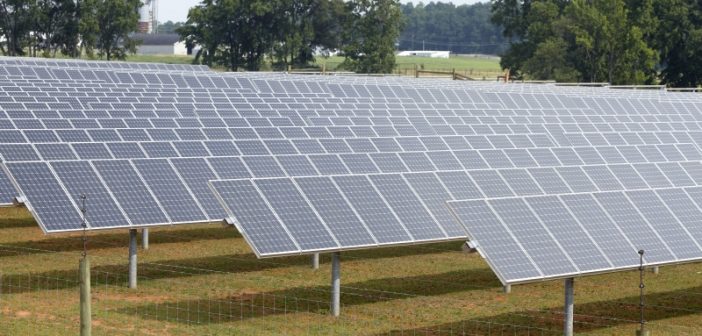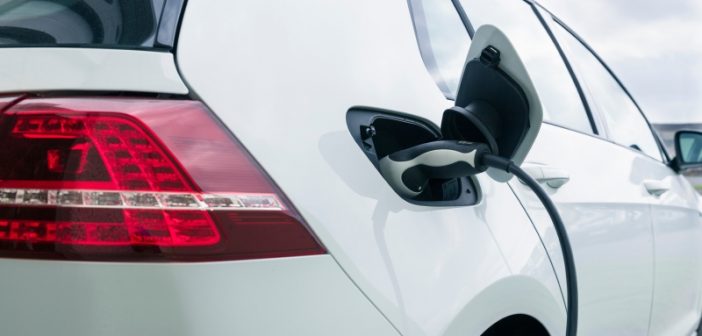There is general agreement that the electricity and energy market is changing in a wide variety of ways. There is, however, less agreement on the likely effects of these changes. This makes it extremely hard for energy companies to know precisely where to target investment, but there are ways of supporting those investment decisions.
Changing energy supply and demand
The dynamics of the energy supply market are changing, with new startups and entrants causing disruption. Generation is no longer the sole domain of large private and state-subsidised utilities. Now there are thousands of small-scale generators taking advantage of renewable energy incentives. The energy market is also expanding both vertically and horizontally. For example, Shell has purchased First Utility as a way of extending its reach into new markets, and reducing its dependence on oil and gas.
The rise in microgenerators has been fuelled by both government incentives and the falling cost of technology. The parallel reduction in the cost of batteries that can store solar and other renewable energy has also increased uptake. Even without energy storage capacity, there are possible disruptions from a “sharing economy” model of energy supply.
Just as Airbnb has identified a gap in the market for “sharing” spare accommodation space, so it is also possible to “share” spare energy capacity from small-scale installations with neighbours. Rather than export solar-generated energy to the grid, for example, why not sell it to your homeworker neighbour during the day, while you are out at work?
Direct payments between customers are now possible using blockchain technology, and Perth-based startup Power Ledger is already supporting this type of transaction. With transactions secure and checkable, your generation payments would be unaffected.
The demand side is also changing. A “perfect storm” is approaching, with social, economic, technological and political pressures uniting to change the way that we purchase and use energy.
The increasing use of electric vehicles, signalled by a commitment from a number of governments, is likely to change how we buy and use energy. It also seems unlikely that the commitment to “clean and green” will stop with the reduction of fossil fuels in cars; the electricity that charges our cars and other vehicles will probably need to be from clean sources, too, whether that is renewables or “clean-burning” power stations. There are huge issues about how charging vehicles will affect demand on the grid, especially during the evenings and overnight – traditionally low-demand periods.
The rise in smart home technology is also changing demand, with customers able to microcontrol their environment and energy use from smartphones. Smart meters are enabling better information about usage and demand. The rollout and adoption of these technologies is slower than expected, but surveys show that where they are being used, customers are seeing the impact.
Responding to change with analytics
The challenge is not so much for energy companies to identify possible changes, but how to respond. Facilities and capacity take time to build, so energy providers need to plan ahead to build and/or maintain assets, infrastructure and services that will be fit for purpose into the future. Predicting the future is hard, but it may be necessary to forecast which technologies will be needed, and where.
Many of these changes share a focus on understanding the individual customer. From peer-to-peer sales to smart homes, individuals are taking control of their energy use. To keep up, energy companies will need an increasingly detailed knowledge of their customers at different levels, including individuals, the household and regionally. Fortunately, the means to gather this knowledge is at hand: the use of data and analytics at increasingly sophisticated levels.
Using a range of analytics techniques – including newer developments such as artificial intelligence and machine learning, as well as traditional data science – it is possible to extract insights and value from the massive volumes of data. This will enable companies to make decisions about issues as diverse as where to site charging points for electric vehicles, how to design new electricity tariffs and products to best meet customers’ changing needs, and how to manage consumer debt.
Drawing out the lessons
All these are challenging issues. They are particularly challenging for the big oil and gas companies that have not had much experience managing direct customer relationships in the past. The use of data and analytics makes them more possible, and also enables the design and development of new business models and services that will genuinely support customers’ demands and needs.


